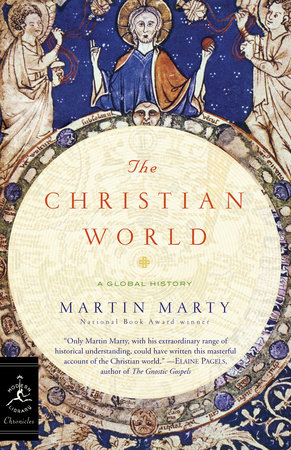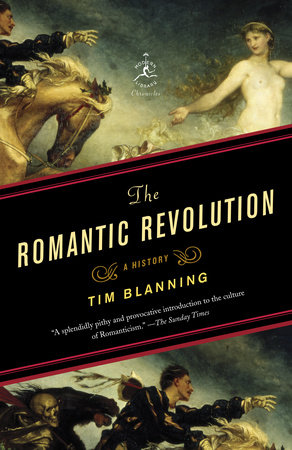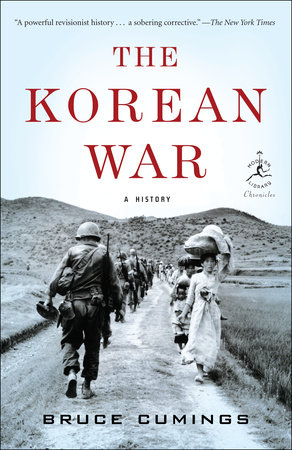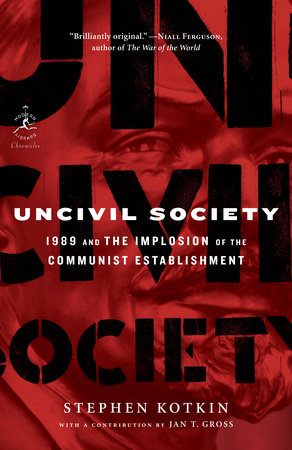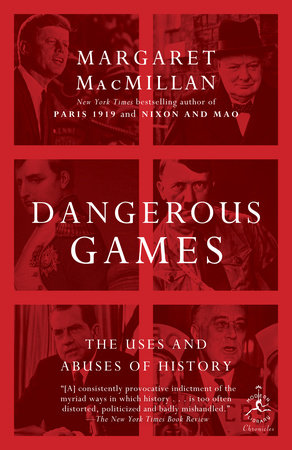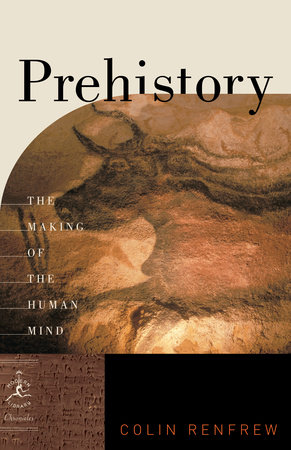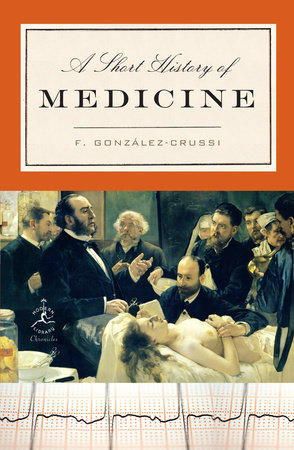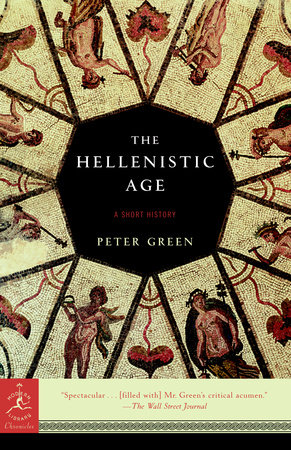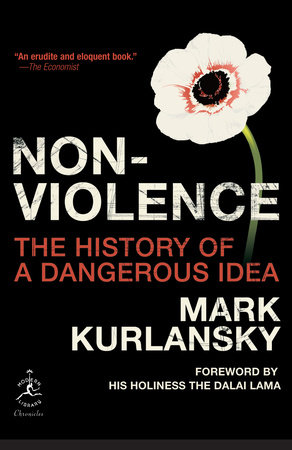Excerpt
The Christian World
1.
The Jewish
Beginnings
Yeshuanity” or “Jesusanity” would be a natural name for a global community and culture devoted to Yeshua, or Jesus of Nazareth, depending on whether the namers favored his Hebrew or his Latinized name. “Christianity” is instead the designation, and its communal form is not the Jesus Church but the Christian Church. Nor is Christ the last name of this Jesus, but a translation of the Hebrew or Aramaic word messias, which means “anointed,” and refers to someone appointed to a specific role. To neglect or to obscure the meaning of the title Christ when applied to Jesus, the rabbi from Nazareth, is to miss the point of the earliest writings about him and to skew the story line ever after.
Another World to Live in, and Its Stories
The Christian World is an invitation for readers to enter and appraise a global scene, “the world,” through twenty centuries. At the same time the Christian “world” also means all the contexts to which Christian believers related and relate. “Christianity” may imply institutions and can be expressed through doctrines and ways of life, but at its core it is a story. Philosopher George Santayana connected “world” and “story” precisely, as will we. In Reason in Religion he remarked that “every living and healthy religion has a marked idiosyncrasy.” Ask atheists, Buddhists, Hindus, Muslims, Jews, or others to listen to Christians and they will soon discern the main “marked idiosyncrasy”: the devotion to Jesus Christ.
As these listeners observe the effects of what they have heard they will note what Santayana told readers to look for, in this case it would mean that Christianity’s “power consists in its special and surprising message,” rooted in the story of Jesus Christ, “and in the bias which that revelation gives to life.” Billions of people have let that revelation “bias” them, so that they could experience joy and peace or, conversely and often at the same time, face persecution, hardship, or even death in its light. Santayana spoke of “the vistas” a religion like Christianity opens, “and the mysteries it propounds,” and these will be obvious to all who follow the story. Now: taken together they make up “another world to live in, and another world to live in—whether we expect ever to pass wholly over into it or no—is what we mean by having a religion.”
Beginning with the Story of Jesus Christ
The “special and surprising message” of Christianity begins with Jesus Christ, so if we wish to go back to beginnings, we begin with his story. The earliest Christians were, like Jesus, Jews. This means that they were schooled in Hebrew Scriptures, which Christians later called “the Old Testament.” They reread those Scriptures and gave them a “special and surprising” twist. Believers took words of the prophets and claimed that they foretold Jesus, or they told stories of scriptural figures like Moses and Elijah, Noah and Jonah, and saw them as “types” of Jesus Christ and his story.
Jesus was a Jew: that theme needs reinforcing, especially because so much of Christian history is a wrestling with the meanings of Jews and Judaism. The two faiths should have been supportive of each other, as spiritual next of kin. Anthropologists stress what is obvious about kin: “aggression, like charity, begins at home.” As the upstart believers in Jesus Christ as the long-promised deliverer of Israel, the Messiah, the Christ, expressed that startling claim, some Jews who did not see him that way and who thought his claims blasphemous ejected the believers in Jesus Christ from their synagogues and persecuted them. For twenty centuries the once ejected Christians exacted revenge or, on any number of grounds, set out on their own to be separate, to define themselves over against those in their parent faith community, as they turned murderous in patterns for which there was little formal and corporate repentance until the late twentieth century.
Getting the story of Jesus right is difficult, and no single interpretation can be satisfying to all 2.2 billion Christians, since they are divided into 38,000 denominations, many of them fashioned to protect and project separate tellings of the story. Yet certain elements of the story stand out. To begin with, the narratives about Jesus Christ were all written by followers, called disciples or evangelists, which means spreaders of the evangel, the “good news.” In these stories, he chose twelve followers to stand out, no doubt to mirror the twelve tribes of Israel. Four books in the Christian New Testament called gospels were named after three authors or editors who pursued parallel tracks, Matthew, Mark, and Luke, while a fourth, identified with John, displays different nuances and intentions. Not exactly biographies or histories, the gospels are narrative testimonies to what the early communities cherished and wanted preserved. Luke tells how he went about his work interviewing eyewitnesses, reading documentary collections, and giving them coherence in his own edited narrative. These gospels stress different aspects of the life and work of Jesus. Luke, for instance, was especially attentive to the marginalized, among them women and children. His Jesus was always at table with outcasts, and he showed special favor to lepers and the physically handicapped—and thus despised—people around him.
In recent times some of the texts which had not been incorporated into what became the shared collection or canon have been discovered as far from Jerusalem as Egypt, where some communities which identified themselves with Jesus long struggled. Other such writings, long known but neglected, receive new attention. To overstate the case slightly, most of these gospels display difficulty with either the human Jesus the Jew or Jesus the exalted being they called Lord. Some pose the whole questions of God and Jesus in arcane, hard to interpret terms. No matter what the claims any of these made and whatever appeal they have now to scholars and seekers especially in the affluent West, for most Christians around the globe it is the four gospel accounts that have provided the focus for their faith, the enchantment of their stories, and the impulse for their ministries and service.
From these gospels the later believing communities have learned how Christians, originally all of them Jews, related to Judaism itself. In the period in which the gospels were being written, the Romans put down a revolt by oppressed Jews. They besieged the city and destroyed the Second Temple, the center of Jewish worship. Most scholars see these traumatic events as elements in the shaping of the gospels. They are reflected in words of Jesus about persecution, death, destruction, and the foreseen end-time. Mainly, however, the gospels have been revered because they provided the story of Jesus’ birth, the account of what is called his Passion or suffering and dying, and most of all his Resurrection. Framed by those events is the story of his life
Since Christians make so much of the figure of Jesus, it is impressive and, to many, confounding, that there is so much that they can never know. Archaeology may turn up artifacts that can be studied to color the understandings of the time, but “the historical Jesus,” as some scholars call him while pursuing his trail, will always remain a subject of controversy and confusion, always finally elusive. If he was “the exalted Lord,” did he claim to be the Son of God or even, clearly, the Anointed of God, the Messiah? Why did the gospels report that he on occasion called himself the Son of Man, a figure vivid in the imagination of some apocalyptic Jews who thrived before his time? How did he become such a cherished figure among those who value the family, while his own family had trouble believing in him and while he so often dismissed and rejected family ties for the sake of the “Kingdom of God” that he was announcing? What did he do from age twelve to approximately age thirty, years about which the gospels are silent and pseudo-gospels tell fanciful tales?


